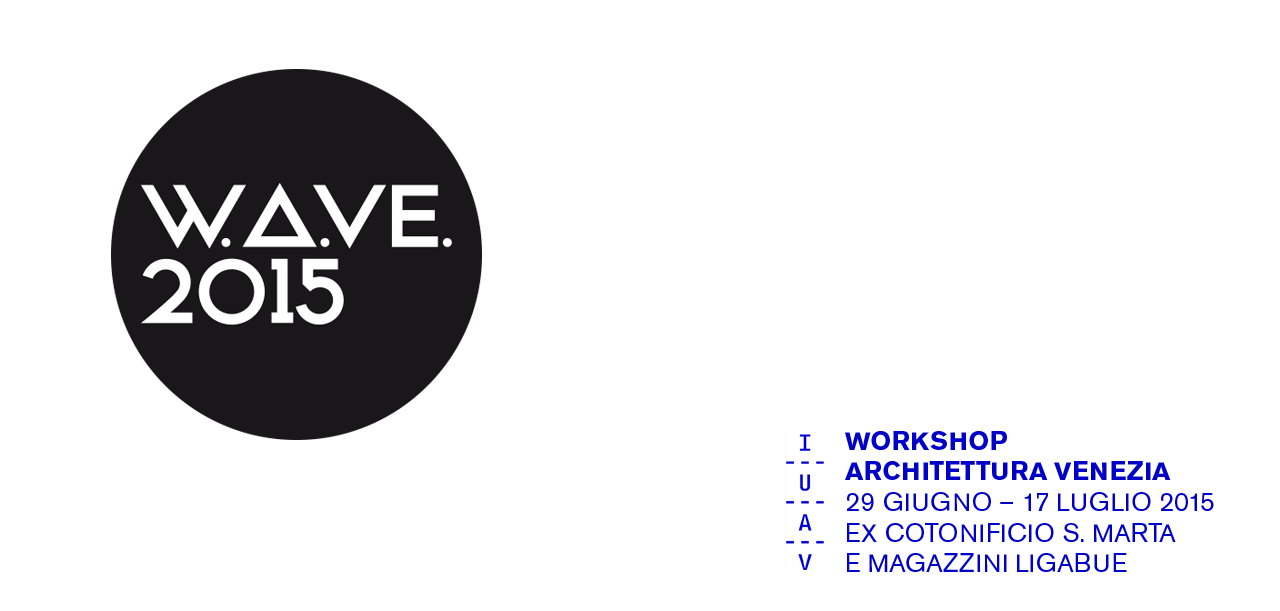Professor
Aldo Aymonino [IUAV]
Assistants
Roberta Bartolone, Giuseppe Caldarola, Luca Zilio
EN // The Veneto region is an ancient land, an historical man-made land, where there are sedimented traces which, on one side, testify to the continuity in cases of attendance and enjoyment and, on the other side, show places with evidences of acceleration of uses, induced from production rather than from tourism. Everything contributes to form a story of places by alternating environmental quality.
The workshop intends to work on the topic of the Heritage with the assumption to think about “how much” and “in which way” the presence of different aspects and actors will affect the schedule of the cultural landscape.
In this sense, the exercise required to students is to work on the construction of temporary/permanent forms able to return, through an idea of space, the heritage as an element of permanence in balance between the reality of the agricultural city and city of tourism. The objective to be achieved is to build a self-constructed space which, through the staging of simultaneous images of the intensive use of the places of memory from the mass tourism and of the manufacturing practices testimonials of the agricultural and rural, will be able to communicate the multiple aspects and dynamics that have to be kept in account in reflecting on the enhancement of existing assets.
IT // Il veneto è un territorio antico, storicamente antropizzato, in cui sono sedimentate tracce che da una parte testimoniano la continuità nelle pratiche di frequentazione e fruizione dei luoghi e dall’altra sono testimonianza di accelerazioni d’uso indotte dalla produzione piuttosto che dal turismo. Tutto concorre a formare un racconto di luoghi dalle alterne qualità ambientali.
Il workshop intende lavorare sul tema dell’heritage con il presupposto di riflettere su quanto ed in che modo, la compresenza di aspetti ed attori diversi possa incidere sul palinsesto del paesaggio antropizzato.
In tal senso, l’esercizio che si richiede agli studenti è quello di lavorare ad un allestimento in grado di restituire, attraverso un’idea di spazio, il patrimonio come elemento di permanenza in bilico tra la realtà della città agricola e quella della città del turismo. L’obiettivo, che si intende raggiungere, è quello di uno spazio autocostruito, il quale attraverso la messa in scena simultanea di immagini dell’uso intensivo dei luoghi della memoria da parte del turismo di massa e di pratiche produttive testimonianze del mondo agricolo e rurale, sia in grado di comunicare la molteplicità di aspetti e dinamiche che sono da tenere in conto quando si riflette sul tema della valorizzazione del patrimonio esistente.


Leave a Reply